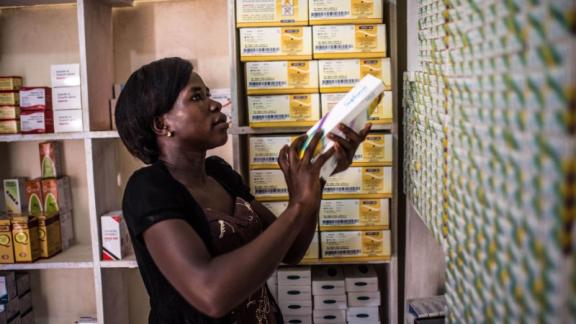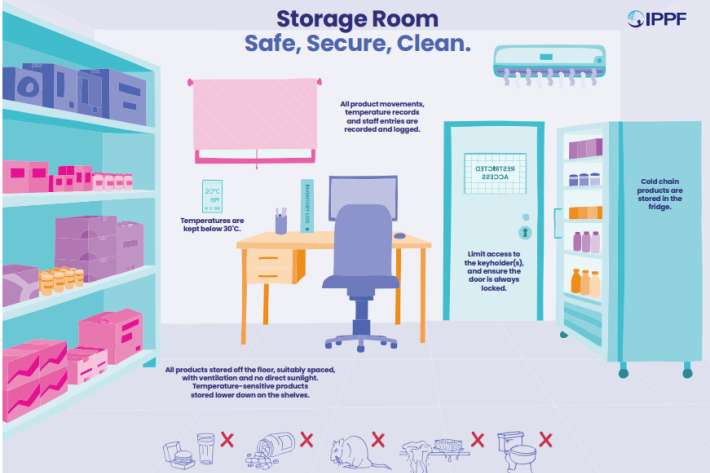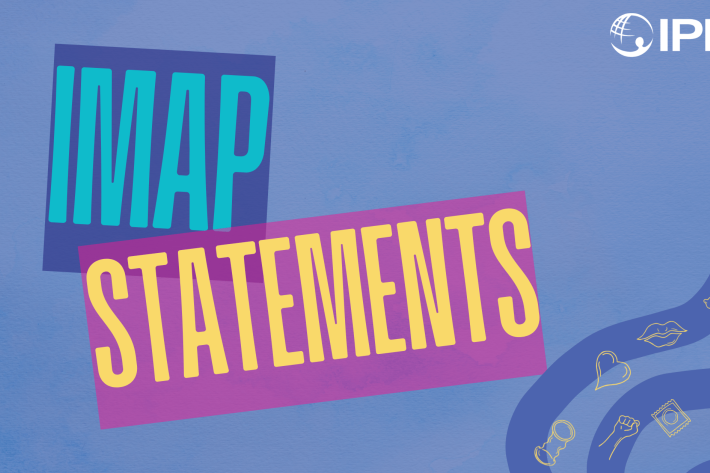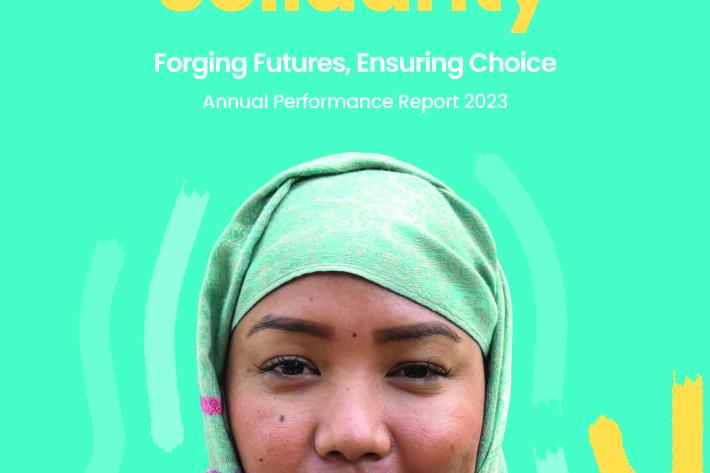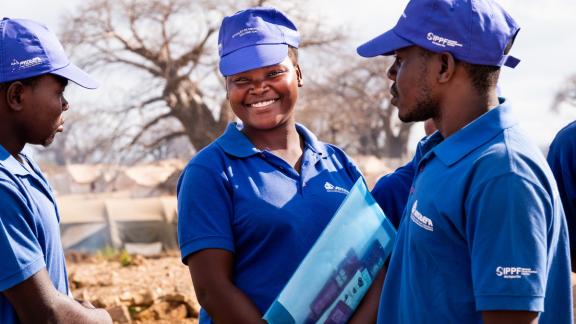Spotlight
A selection of resources from across the Federation
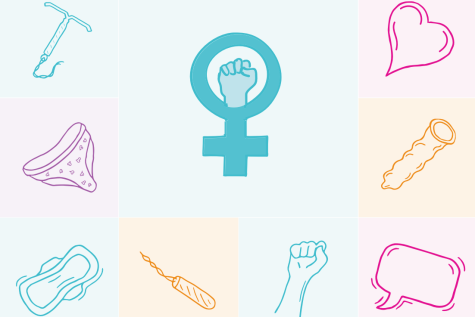
Technical Brief: Designing and Delivering Inclusive, Rights-Based Sexual and Reproductive Healthcare to Transgender and Gender Diverse People
This technical brief outlines key recommendations across several sexual and reproductive health service areas to promote access to inclusive care for transgender and gender diverse people.
Filter our resources by:
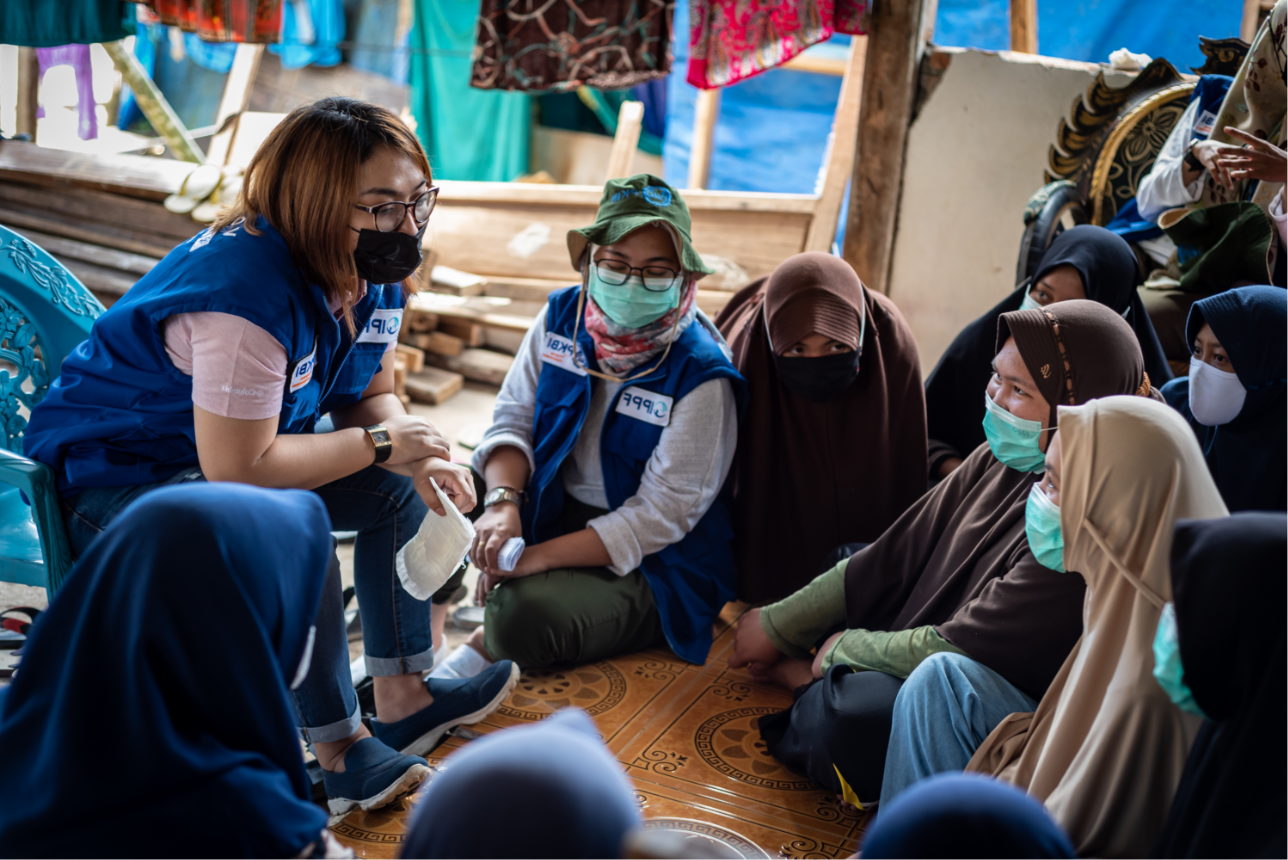

| 03 July 2017
Myth-busting facts about IUDs
Intra-uterine devices are safe, reliable and can be used by almost everyone. Want to know more about them? We've got you covered! Learn about other methods of contraception

| 14 June 2017
Bringing sex education out of the classroom and into the library in Queens
Planned Parenthood partners with Queens libraries to bring sex education out of the classroom and into the library. The partnership employs the library's traditional role as a source of information creating a safe space for today's teenagers to ask for support. Photography © IPPF/Bill Kotsatos Taking sex education to teens in Queens, NY

| 12 June 2017
Watch: Tips on how to educate about abortion
This short video provides useful tips to people who want to educate others about abortion, including ideas on how to create a safe and respectful space for discussion, how to present facts and how to make your session practical. Read our guide for more information: Voir cette vidéo en français Ver el video en español Using these resources? Let us know how!

| 12 June 2017
Watch: Tips on how to talk about abortion
This short video (also available in French and Spanish) provides useful tips about what to consider when developing materials relating to abortion, including how to use rights-based messages and how to avoid using stigmatizing language and images.
| 09 June 2017
IPPF Annual Performance Report 2016
This is the first Annual Performance Report on progress in implementing our new Strategic Framework 2016–2022. In 2016, we delivered 182.5 million sexual and reproductive health services. We also contributed to 175 policy and legal changes in support or defense of sexual and reproductive health and rights at national, regional and global levels. Each of the sections presents an overview of key performance results for 2016, supplemented by case studies which describe the varied approaches IPPF uses to champion rights, empower communities, serve people, and unite and perform.
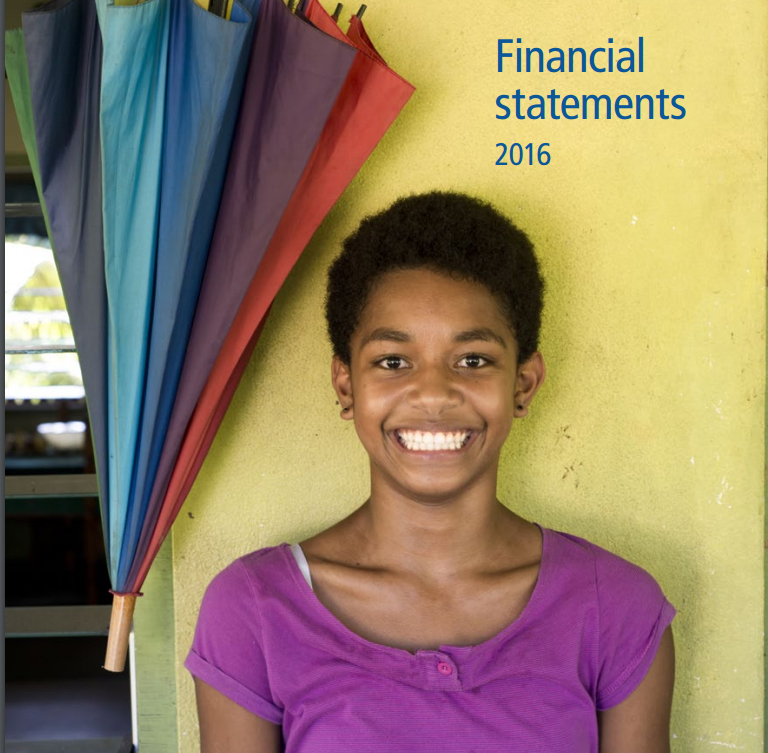
| 05 June 2017
Financial Statements 2016
2016 saw the implementation of IPPFs new strategic plan and therefore was a year of transition for the Secretariat as operations were aligned to focus on the new outcomes. The strategy responds to social, political and demographic global trends. These include: the expectations and potential of the largest ever generation of young people; ongoing, significant social and economic inequalities, including discrimination against girls and women; and opposition that threatens gains in human rights. We continue to receive funding from and are grateful for the continued support of our key funders. With their support and help our unrestricted funding increased in the year to US$76.7 million from US$72.2 million. This was in spite of the United Kingdom’s decision to leave the European Union in June, which led to the weakening of sterling and Euro against the dollar and reduced our dollar income from our European donors. Restricted income increased from US$44.1 million to US$53.7 million. A significant factor in the increase was the US$10 million received from the David and Lucile Packard Foundation to enable IPPF to respond to the Zika crisis in the Western Hemisphere Region. The amount of grants to Member Associations (MAs) and partner organizations was US$68.3 million. Central expenditure decreased by US$2.9 million to US$16.1 million mainly due to the weakening of sterling whereas Regional expenditure remained consistent with the prior year at US$34.0 million (a US$0.4 million decrease on 2015).

| 31 May 2017
Safe Abortion Action Fund in Uganda
Safe abortion is heavily restricted in Uganda, yet gender inequality and sexual violence are widespread. Hosted by IPPF, the Safe Abortion Action Fund is helping vulnerable women to turn their lives around. People are learning about safe abortion and fewer girls are dying. Community attitudes have been transformed and social stigma has started to give way to human rights and understanding. Read the success stories and meet the people behind the scenes

| 23 May 2017
Sex workers in Uganda: fighting violence and inequality
In Uganda, 42% of all pregnancies each year are unintended. The country's weak economy is exacerbated by high levels of gender inequality and poor access to jobs for women. Many women who turn to sex work are at risk of abuse and often rape. Abortion is heavily restricted in Uganda and clandestine safe services are very costly. This results in further poverty for many sex workers and sometimes unplanned pregnancies or even death from unsafe abortion. View the project and meet the women who are turning their lives around
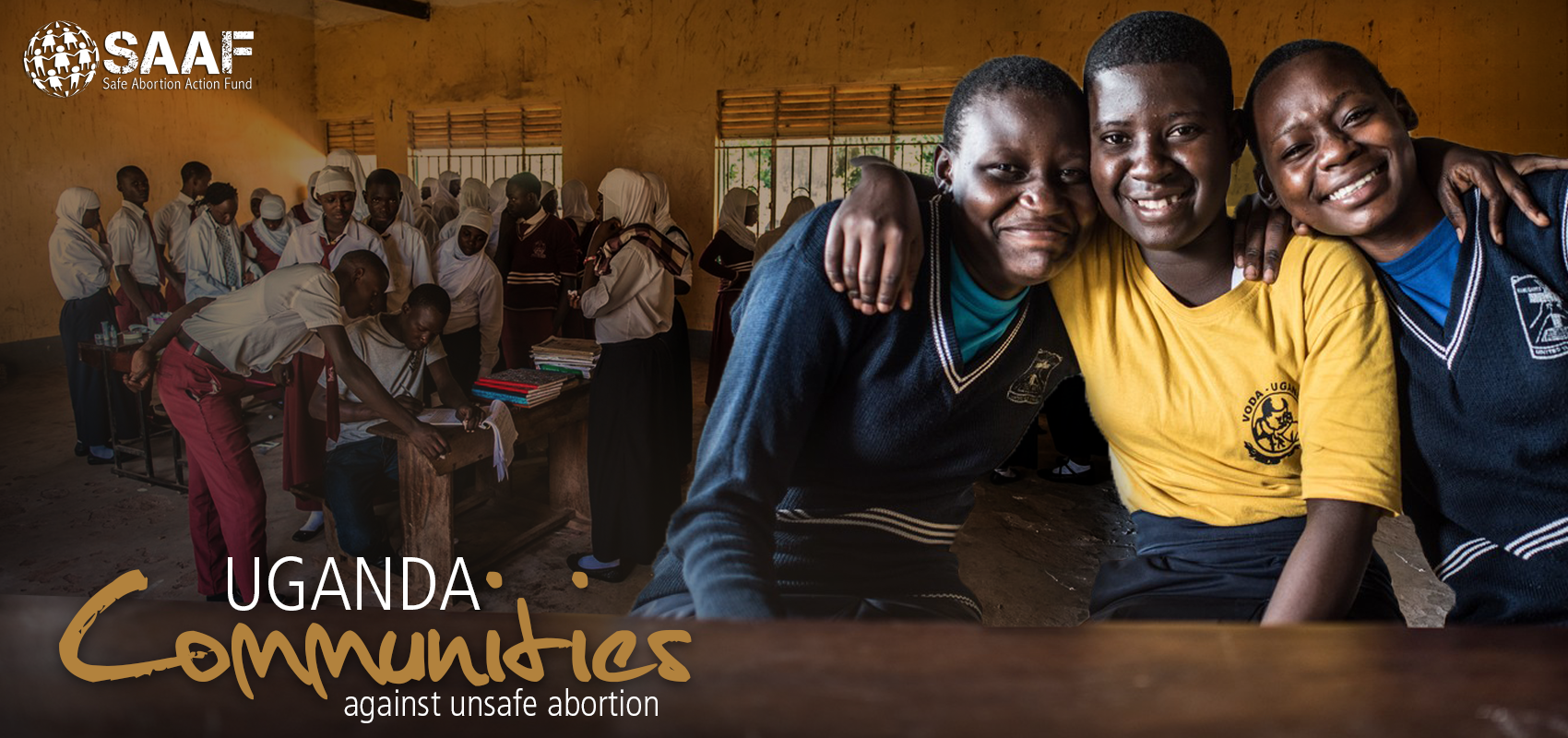
| 23 May 2017
Ugandan communities against unsafe abortions
Rural communities in Uganda have a high prevalence rate of gender inequality, sexual abuse and incest. There is little provision of sexual and reproductive health services and abortion is highly restricted. The Safe Abortion Action Fund, hosted by IPPF, is financing the grassroots organization, VODA, to empower young people as changemakers in their schools and communities. With training and support, peer educators have been educating friends about sexual and reproductive health, and local health providers are serving women in need. Death from unsafe abortion was once a widespread problem but through the power of peer education, these have almost disappeared and community attitudes towards safe abortion has been transformed. View the project and meet the school communities making change
| 20 May 2017
Young people at the centre
Young people are crucial to IPPF and IPPF is crucial to young people. That's why young people and their sexual and reproductive health and rights (SRHR) are identified as a high priority in IPPF’s Strategic Framework (2016-2022). Now - as we implement our Strategic Framework - is the perfect time to consolidate and scale up our work with and for young people. It’s also the right time to demonstrate how we can put our youth-centred approach into action.
Pagination
- First page
- Previous page
- …
- 19
- 20
- 21
- 22
- 23
- …
- Next page
- Last page







